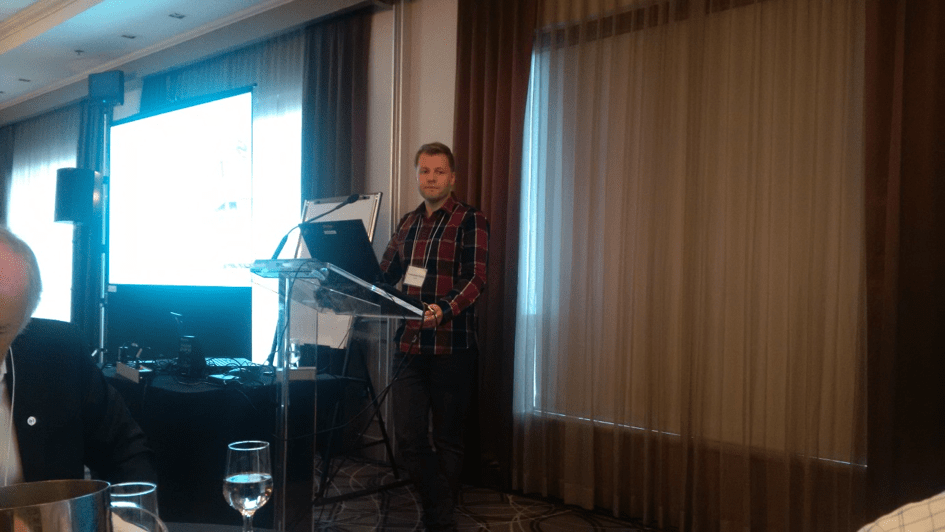Marine catches are similar and upheavals can also be seen in the markets, both of which affect the allocation of catch for processing by workers. As stated in Sveinn Margeirsson's speech at the Fisheries Conference on 24 October last was the utilization of marine catch as exported goods according to statistics 48% in 2015.
It has long been known that marine catches and fluctuations can also characterize market conditions, and this affects what happens to the catch in processing by workers and, ultimately, how products processed from the catch are sold. As stated in Sveinn Margeirsson's speech at the Fisheries Conference on 24 October last was the utilization of marine catch as exported goods according to statistics 48% in 2015.
Export utilization, so to speak, decreased by 12 percentage points from 2014 to 2015. In 2015, we exported 631.8 thousand tonnes of seafood, 22.5 thousand tonnes less than in 2014, despite catching 242 thousand tonnes more than in 2014 or 1,319.3 thousand tonnes instead of 1,076.8 thousand tonnes in 2014. The largest difference is in catches of 240.9 thousand tonnes more capelin landed in 2014 than in 2015. In 2015, we exported 92 thousand tonnes less frozen products than about 65 thousand tons more of flour and fish oil. We also exported almost 300 tonnes less hardened seafood in 2015 than in 2014. This is all catch, before it has been pointed out that Icelanders' utilization of cod in 2015 amounted to 77%. The emphasis of research and innovation has been to increase that utilization in a value-creating way.
 Utilization of catch for export and value creation
Utilization of catch for export and value creation
These figures show some of the changes that have appeared in the export reports of Icelandic fisheries companies recently. It is possible that changes in the markets for seafood have had an effect that has led to this conclusion, as has the restriction of access to the Russian market. The fall in oil prices has had far-reaching consequences, including declining purchasing power in Nigeria, which has been an important market for hardened seafood, a development that was conclusively observed in 2015. In the summer of 2015, the Russian government added Iceland to the list of countries from which food imports were prohibited. and has been repeatedly stated in public debate. Both are among the external factors influencing the utilization of seafood.
As important as good utilization of catch is in terms of the environmental impact of fishing and processing, it is the formation of value that drives the wheels of the economy. The export value of marine products in 2015 amounted to ISK 264.5 billion, which was about ISK 20.6 billion higher than in 2014. In 2015, ISK 201 was received. per kg earned with exports, about 26 less than for each kg gained in 2014. On the other hand, the average value of each exported kg was ISK 418. in 2015 about 46 ISK. higher than in 2014.
The application of scientific knowledge is important for the development of industries and their competitiveness. Achieving more durability for each unit, each kg extracted from the sea, requires less to create comparable value that can reduce the environmental impact of fishing and processing. Through research and innovation, developments in the Icelandic fisheries sector have been observed in recent years, but there is more to come, including market conditions that weigh heavily and patience in market development is important.
For further information Arnljótur Bjarki Bergsson Head of Implementation and Impact

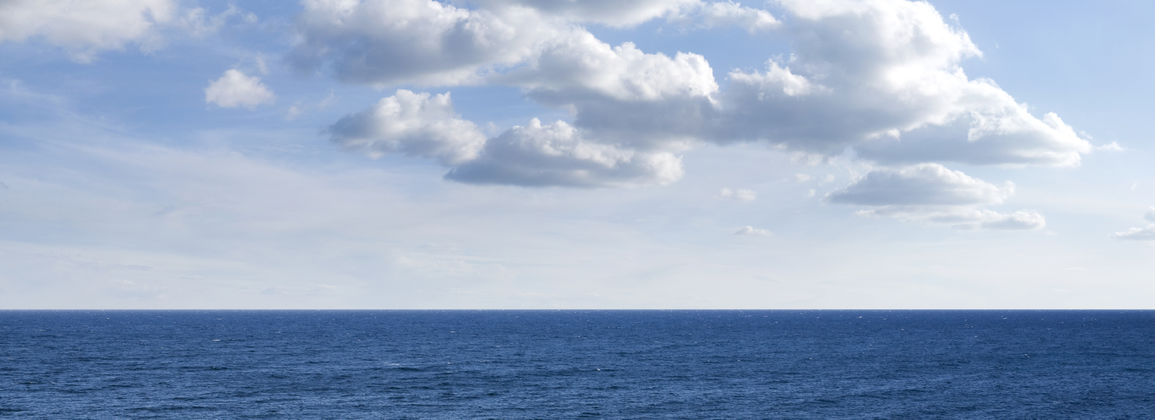
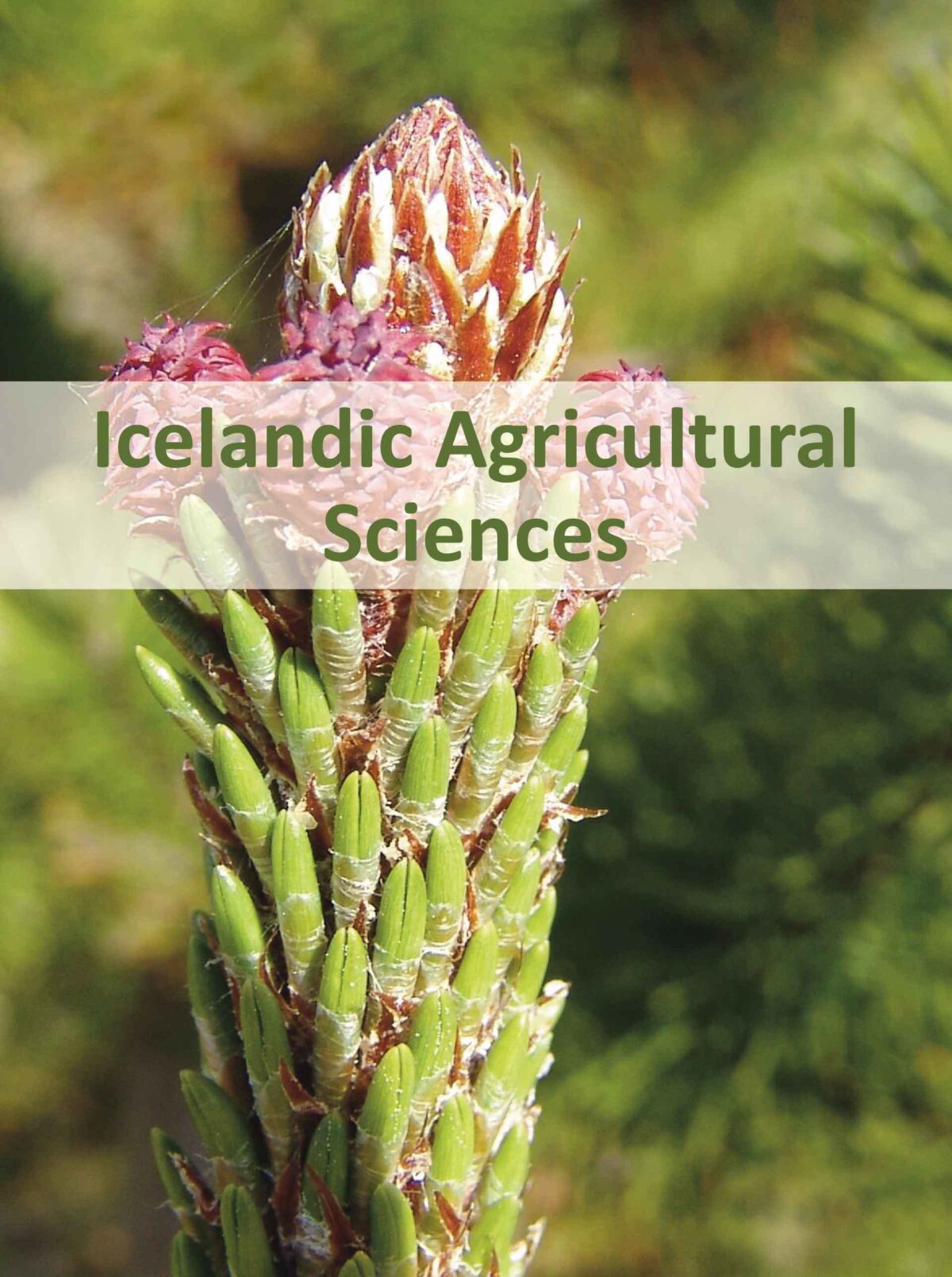


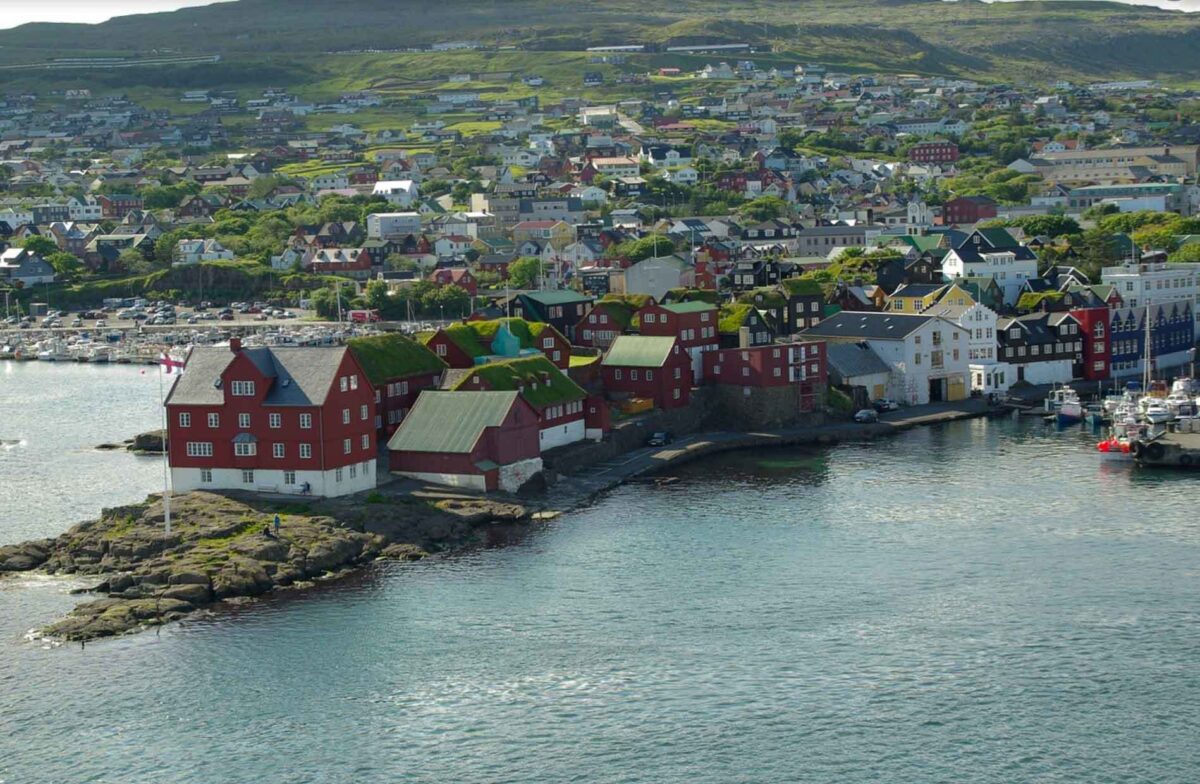
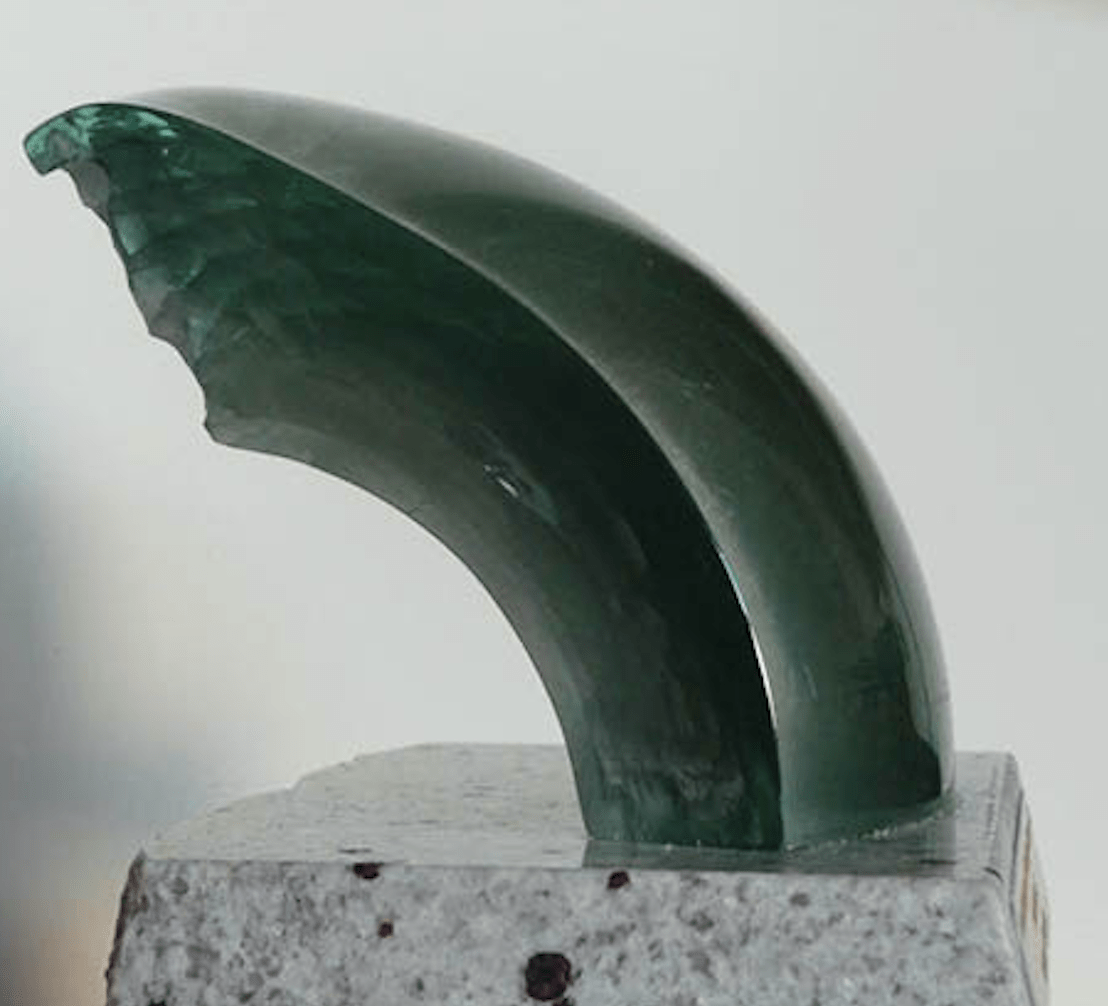
 Svifaldan 2016 Albert Högnason, 3X, Gunnar Þórðarson, Matís | Svifaldan 2016 | Copyright Gusti.
Svifaldan 2016 Albert Högnason, 3X, Gunnar Þórðarson, Matís | Svifaldan 2016 | Copyright Gusti.

